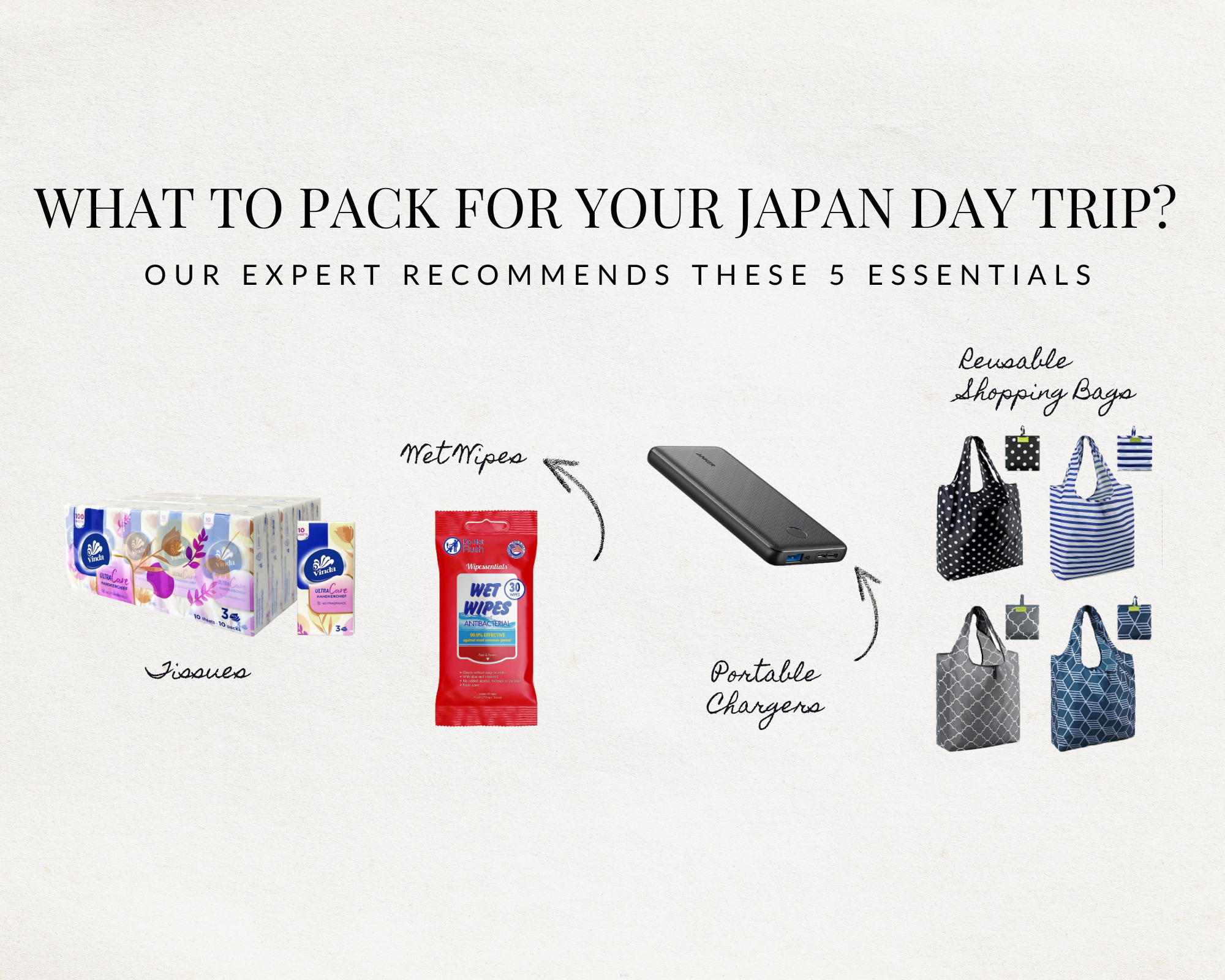How to make sure your “local” experience is actually local: 3 Green Flags to Look For
/A recent survey conducted by Hilton revealed that 49% of respondents want to be immersed in local cultures and products while traveling in 2023.
Does this sound like you, too?
Are you looking for experiences that immerse you in local cultures and direct you toward authentic, locally-made products? Are you picturing yourself walking through bustling markets, watching weavers actively make their products, and eating dishes that you helped prepare alongside a chef?
But when you’re planning and booking your trip, how can you be sure you’re getting local experiences and not mass-produced ones that are simply marketing themselves as “local”?
Lucky for you, we’re experts when it comes to finding hidden local experiences.
Here are 3 green flags to look out for to make sure that the experience you have your eyes on is actually local and not just a marketing strategy.
1. The experience is with someone who doesn’t work in tourism.
This isn’t to say that you can’t have a local experience with someone who is a certified guide. We work with a lot of guides to curate unique experiences, but not all guides are the same. If you have an experience with someone who doesn’t work in tourism, you know that you’re getting the real real.
These experiences are hard to find on your own because they’re often found through personal relationships. On each of our small group trips, we call in favors from friends from all over the world to provide these types of experiences to our travelers. In Italy, we dine with Marika and her family on her back porch overlooking the Italian coast, an experience she does exclusively with us. In Peru, we visit our friend Carmencita and prepare a traditional aji de gallina lunch with her while we learn about the all-girls dormitory she cooks for and how these girls from remote indigenous communities are receiving an education.
2. It hasn’t been featured by a major news outlet or in a Netflix special.
Being featured isn’t a bad thing because it can provide some credibility to the authenticity of the experience. But at the same time, proceed with caution. If an experience is labeled “local” but it’s been featured on a Netflix special and now you can get access to this experience on a variety of websites, it has probably lost some of its local and authentic feeling.
A truly local experience usually requires a little hunting and research. If you don’t want to do the hunting and research, then work with a Travel Coach who has relationships in your destination. They will be able to provide you with vetted experiences that they can vouch for as authentic experiences.
3. The person you’re working with has actual connections and relationships in the destination.
This leads us to number three. Finding truly local and immersive experiences while traveling can be tricky, especially when you have so many mass-produced experiences and products claiming to be “local”.
Working with a Travel Consultant is a great way to separate the wheat from the chaff and get to the good stuff. Just make sure that the travel consultant you work with has actual connections and experience in their destination. Be wary of someone who is claiming to know everything about every place. That’s just not possible.
We hope these green flags help give you guidance as you’re looking to build your itinerary full of immersive and local experiences! If you’re headed to Italy, Peru, or Japan in 2024 and want to prioritize these types of experiences, our small group trips are a perfect option for you. These trips are built completely around a love of flavor and interactions with locals. You’ll meet our local friends on these trips and get a peek into real life.
Traveler Experience: One of our Heart of Italy travelers remarked how his friend had asked him for recommendations from his trip and he didn’t know what to say since most of the places we visited aren’t accessible to the public. He thought it was the coolest thing and it makes us happy to see that our connection to local homes and friends is what makes our trips so special and memorable. There’s just no way to recreate it.
Travel with us around the world on one of our multi-day small group food tours. Check out our itineraries to Italy, Japan, Peru, and more! Join us as we visit tea farms in Japan, sip on limoncello in Italy, and savor ceviche in Peru.
If you’re traveling abroad and don’t know where to start or want to tap into our travel expertise to make the most of your trip, check out our Travel Coaching and Private Trips with booking service.
No matter where you travel, we always recommend purchasing travel protection to safeguard against sudden changes or cancellations. If you don’t already have a preferred vendor, you can check out ours - Travel Insured - which offers a “Cancel for Any Reason” policy.






















































































































































